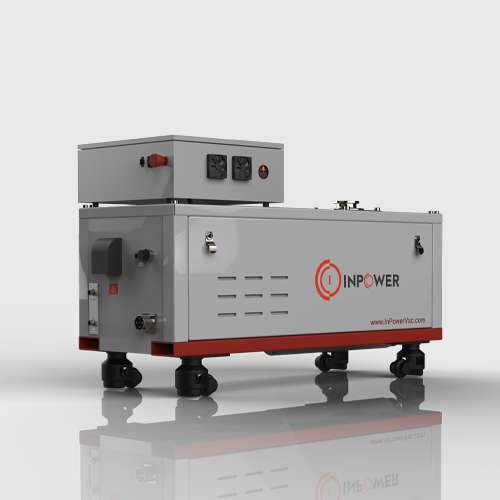Table of Contents
- Introduction
- Understanding Types of Vacuum Pumps
- Key Considerations in Selecting a Vacuum Pump
- Common Applications and Suitable Vacuum Pumps
- Tips for Maximizing Vacuum Pump Efficiency
- Conclusion
Introduction
Selecting the right vacuum pump can greatly impact the efficiency and reliability of your operations. This comprehensive Vacuum Pump Selection Checklist will guide you through the essential factors to consider for every need, ensuring you make the best choice. Whether it’s for laboratory use or heavy industrial applications, understanding the nuances of vacuum pump selection can save you time and money.
Understanding Types of Vacuum Pumps
Vacuum pumps remove gas molecules from a sealed volume to leave behind a partial vacuum. They come in various types, broadly categorized into Dynamic Vacuum Pumps and Positive Displacement Vacuum Pumps. Knowing the differences between them will help in making an informed decision.
Dynamic Vacuum Pumps
Dynamic vacuum pumps work by employing a high velocity jet or rotating impellers to create a vacuum. These are commonly used where continuous pumping speeds are required. Examples include:
- Turbomolecular Pumps
- Diffusion Pumps
Positive Displacement Vacuum Pumps
These pumps trap a quantity of gas and then compress it to the exhaust. Ideal for lower vacuum levels, positive displacement pumps include:
- Rotary Vane Pumps
- Diaphragm Pumps
Key Considerations in Selecting a Vacuum Pump
Selecting the right vacuum pump involves more than just understanding the basic types. Various operational and technical criteria must be taken into account.
Operational Requirements
Identify the primary function for which the vacuum pump will be used. This includes understanding:
- Type of gas or vapor being pumped
- Operating pressure range
- System volume and desired pump-down time
Flow Rate and Ultimate Pressure
Choosing a vacuum pump based on its flow rate and ultimate pressure is crucial. Consider:
- Flow Rate: Measure in liters per minute (L/min) or cubic meters per hour (m³/h)
- Ultimate Pressure: The lowest pressure the pump can achieve, usually measured in Torr or Pascal
Material Compatibility
The internal materials of a vacuum pump must be compatible with the gases and vapors it will handle. Consider:
- Corrosion resistance
- Chemical compatibility
Maintenance and Durability
Long-term maintenance costs and pump durability are essential factors. Choose a vacuum pump that offers:
- Ease of maintenance
- Durable construction materials
- Availability of spare parts
Common Applications and Suitable Vacuum Pumps
Different applications require specific types of vacuum pumps. Here are some examples of common applications and the suitable vacuum pumps for each.
Laboratory Use
Laboratories often require vacuum pumps for various tasks such as filtration, drying, and distillation. Suitable vacuum pumps include:
- Rotary Vane Pumps: Reliable for general lab applications
- Diaphragm Pumps: Ideal for chemical compatibility and non-contaminating
Industrial Applications
Industries like manufacturing and automotive require robust vacuum systems. Suitable options include:
- Liquid Ring Vacuum Pumps: Strong and resistant to contaminants
- Dry Screw Vacuum Pumps: Efficient in handling hazardous gases
Food and Beverage Processing
For applications such as packaging, dehydration, and freeze-drying, suitable vacuum pumps include:
- Scroll Pumps: Clean and oil-free operation
- Rotary Vane Pumps: Robust and reliable for continuous use
Tips for Maximizing Vacuum Pump Efficiency
To get the most out of your vacuum pump, follow these efficiency tips:
- Regular Maintenance: Clean filters and replace oil as necessary
- System Leak Checks: Ensure all connections are tight and leak-free
- Proper Ventilation: Ensure adequate cooling to prevent overheating
- Use Vacuum Gauges: Monitor vacuum levels regularly to ensure optimal performance
Conclusion
Choosing the right vacuum pump is vital for the efficiency and success of any operation. By understanding the types of vacuum pumps, key selection criteria, applications, and efficiency tips, you can make a smart and informed decision. For more detailed insights, check out our expanded Vacuum Pump Selection Guide, which further elaborates on making the best selection for your particular needs.
Feel free to reach out for further assistance or customization tips specific to your application. Happy selecting!

0 Comments